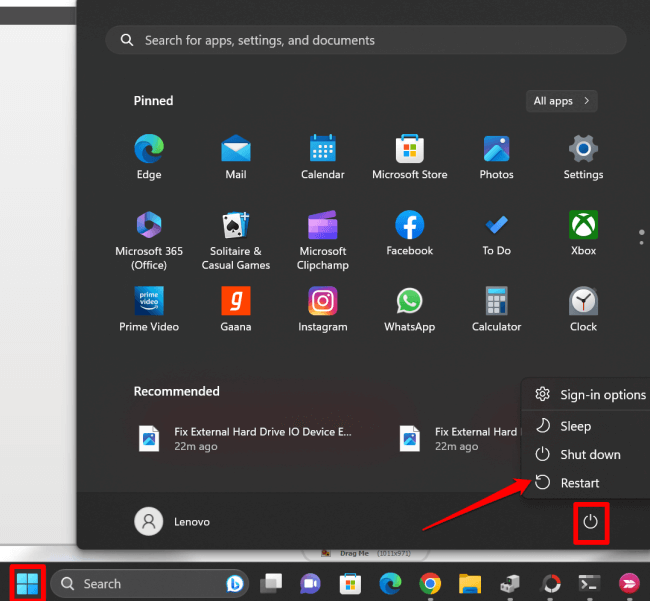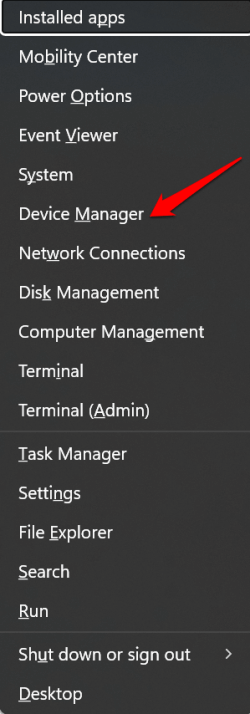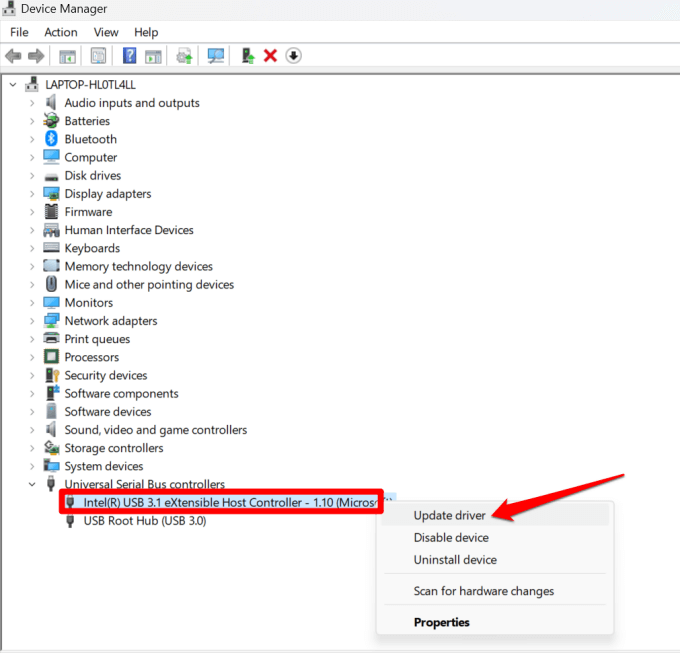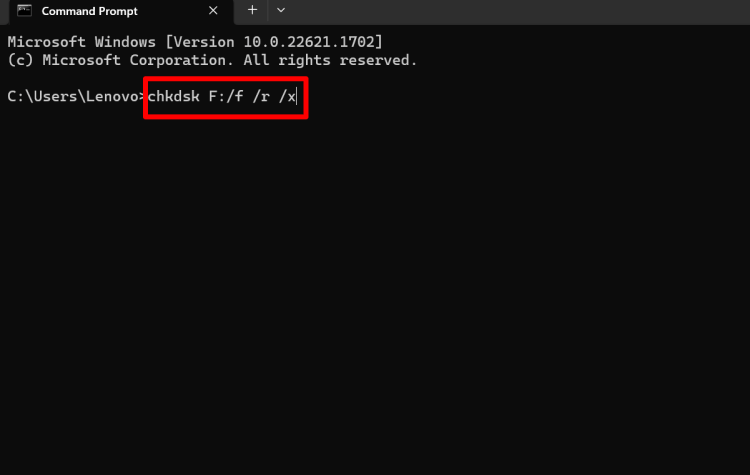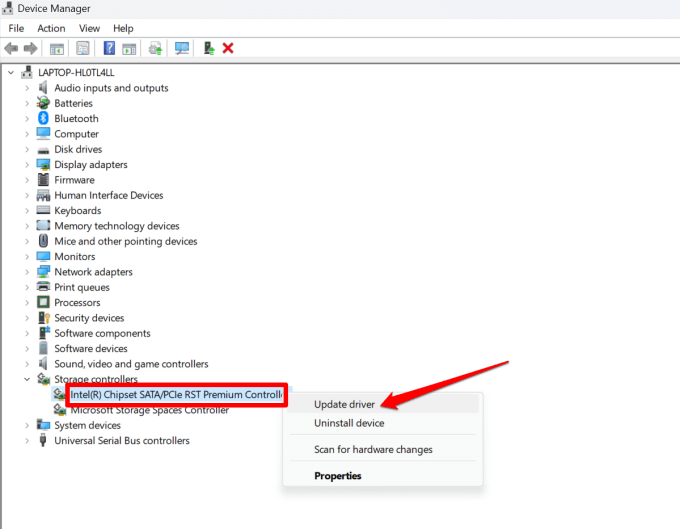Are you facing External Hard Drive I/O Device Error in Windows 11? In this guide, I have shared some important tips to fix this issue. Also, we will know in detail about this error and why it happens on Windows OS.
This error is not limited to Windows 11 users only. Often Windows 10 users have similar complaints to make regarding the External Hard Drive I/O Device Error. When you start getting this error, you cannot access the files on your PC hard drive, USB drives, or external Micro SD cards.
Reasons Why External Hard Drive I/O Device Error Happens in Windows 11
The I/O Device error indicates that the affected elements are the external storage devices. It occurs when users try to initiate any read or write operation on their Windows PC.
They come across the following error message that states, “The request could not be performed due to an I/O device” error.
Here are some of the common reasons why External Hard Drive I/O Device Error Happens on Windows OS.
- The drivers of external storage are outdated.
- The external storage has some damage.
- There is some issue with the USB port to which the external storage is connected.
- The hard drive may be incompatible with the version of Windows 11 or Windows 10 currently installed on the PC.
- The SATA connectivity may be loose.
Fix How to Fix External Hard Drive I/O Device Error in Windows 11/10
Here are the troubleshooting tips you can follow to fix the error message “The request could not be performed due to an I/O device error” on your Windows computer.
1. Restart the Computer
Begin with simple troubleshooting, which requires you to restart the PC. It is a great way to squash the random tech bugs causing external devices to malfunction on the PC.
- Click the Windows logo in the taskbar.
- As the search console appears, navigate to the right end at the bottom.
- Click the Power icon and select the option Restart.
2. Update the Drivers
To update any device drivers that may be outdated, you have to access the device manager of Windows OS.
- Press Windows + X. It will invoke the Power User menu.
- Select the option Device Manager from the menu.
- Now, scroll to any device driver and click to expand it.
- Right-click on the device driver and select Update Driver.
- Select the option Search for Driver Automatically.
Make sure that at this point, your PC is connected to the internet. Windows will search for the latest drivers available for the concerned device driver and install them. Follow the necessary instructions you will see on the screen.
3. Repair the I/O Device in the Command Prompt
Use the steps below to access Command Prompt and repair the erroneous external device throwing the I/O device error.
- Press the Windows key.
- In the search console type cmd and press enter.
- Once the Command Prompt opens, enter this command
chkdsk F:/f /r /x
NOTE: Replace the alphabet F with the corresponding letter that denotes the external storage connected to your PC.
4. Check for Faulty Cables
If you have connected any external storage device to the PC via a USB cable, then check if the cable has any fault. Replace the faulty connector with a working multi-point connector. Replace the faulty unit with a new and functional one.
Also, ensure that the USB ports on the PC have no issues on them. Go to a nearby service center and have your computer’s USB port checked for any issues.
5. Change the Device Transfer Mode
Here are the steps to set the correct Device transfer mode on Windows 10.
- Press Windows+X.
- Select Device Manager from the menu.
- Scroll to IDE ATA/ATAPI controllers and click on it.
- Under that, right-click on the IDE ATA/ATAPI channel and select Properties.
- Go to the advanced settings tab and click on PIO in the transfer mode box.
- Click Ok to exit the Properties.
If you are using Windows 11, you won’t see the IDE ATA/ATAPI.
- Instead, scroll to Storage Controller and click to expand it.
- Right-click on Intel Chipset SATA/PCIe RST Premium Controller.
Also, you won’t find any option for transfer mode under the above element. Rather you can opt for updating the driver.
FAQs[Frequently Asked Questions]
1. What is I/O Device Error? Can it be Fixed?
I/O device error disables your access to the files on external storage connected to your computer. Yes, you can fix it.
2. Which Devices Does the I/O Device Error Affect?
External storage such as hard drives, USB drives, and SD Cards.
3. I/O Device Error Occurs on Which Windows OS Version?
This error happens on Windows 11 and Windows 10.
Wrapping Up
Now you know all the necessary information about the I/O device error. These tips will be sufficient to fix the affected external driver and enable you to read/write from it.

